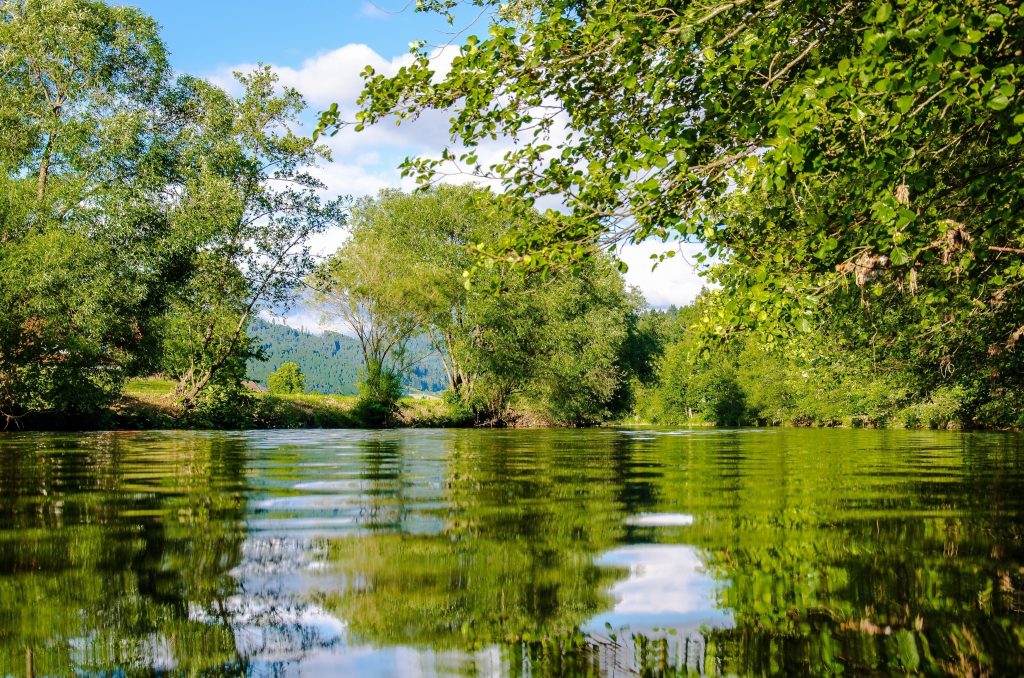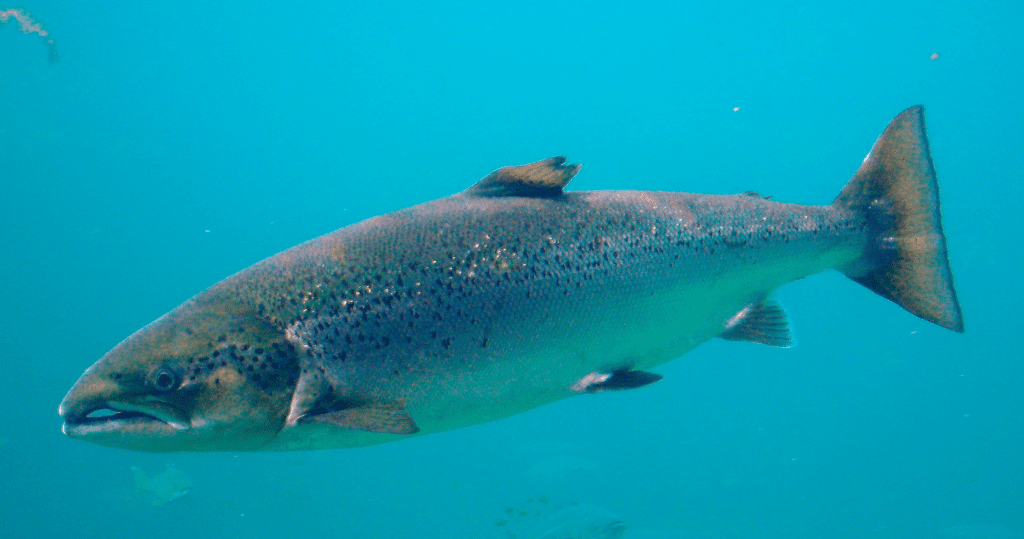Initiative Seeks To Plant A Million Trees To Save Endangered Fish In Scotland’s Rivers
Scotland is planting millions of trees along its remote streams and rivers to protect its wild salmons from rapid climate change. Fisheries scientists discovered that burns and rivers in the Highlands are too warm for wild Atlantic salmon heading upstream in the summer.

2018 was the lowest rod catch record for Scotland. Climatic changes raised the water temperatures to at least one day of the summer exceeding 23 °C. The high temperatures triggered abnormal behavior and stress among the Wild Atlantic salmon.
Atlantic salmons are cold-water species that thrive in temperatures of 10 °C and won’t survive if the temperature rises beyond 33 degrees. The director of the Dee District Salmon Fishery Board believes that planting more trees along rivers and burns will create a conducive environment for young fish that will need safer breeding and feeding grounds in due time.
Scottish fishery boards have adopted the tree planting exercise to provide adequate shade and temperatures for salmons and other endangered fish species. The exercise would improve the biodiversity of major rivers, protect native trees, and improve insect life.
Fisheries on the River Dee have planted 250,000 trees, including Scots pine, aspen, native rowan, willow, birch, juniper, and hawthorn, along major tributaries. They plan to plant more by 2035 to save the catchment area while preserving salmon life.

Relevant stakeholders should also consider other factors responsible for falling numbers of salmons like food shortage, trawlers bycatching them at sea, soaring seals trying to eat them, obstructions and weirs in rivers, and poor river quality.
Saving the salmon population through tree-planting exercises around endangered areas may save more fish and make fishing fun for individuals and families.
